Deconstruyendo el diseño del metajuego de Splatoon
¿Qué tiene que ver Splatoon, juego de pago para consolas, con el free to play para móviles?
Bueno, puedes encontrar inspiración y diseño inteligente en cualquier medio. Da la casualidad de que soy un gran fanático de Nintendo, y después de jugar su juego durante meses, fue inspirador detectar algunos elementos de diseño realmente interesantes que se pueden aplicar a cualquier juego gratuito.
Solo para darte algunos antecedentes, Splatoon es un shooter multijugador en tercera persona para Wii U.
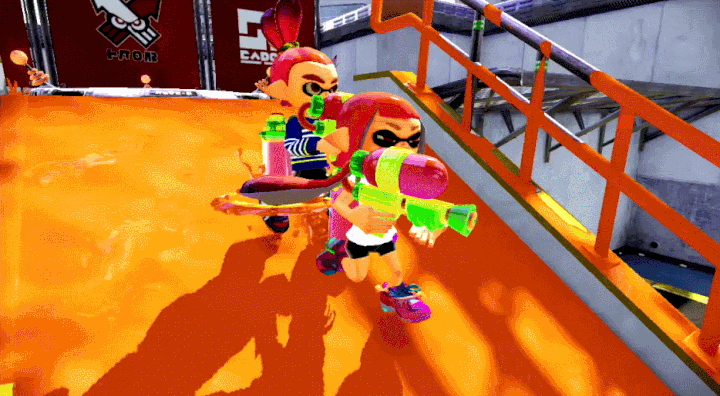
Sin embargo, Splatoon, por supuesto, no es solo un juego de disparos común y corriente. Nintendo reinventó este género desde cero. La atención no se centra en las muertes, sino en cubrir la arena con la mayor cantidad posible del color de tu equipo. Los asesinatos pueden ayudar a frenar a la oposición, pero se trata más de controlar el territorio que de acampar para matar. Como resultado, el juego parece mucho más informal para los jugadores que no están interesados en recibir disparos a la cabeza, pero estratégicamente profundo para los jugadores que quieren competir.
Dejando a un lado la jugabilidad principal, Nintendo hizo algo que no creo que muchos diseñadores esperaran. Construyeron un metajuego magistral fuera de la batalla que impulsa una fuerte retención a largo plazo. En lugar de simplemente tomar el probado y verdadero sistema de niveles y ventajas de Call of Duty, han creado algo que se siente genial y hace que los jugadores regresen. Esto es algo por lo que se esfuerzan todos los juegos F2P.
Hoy me gustaría centrarme en 2 mecánicas de Splatoon que se pueden aplicar a cualquier juego F2P:
# 1 ropa de Splatoon
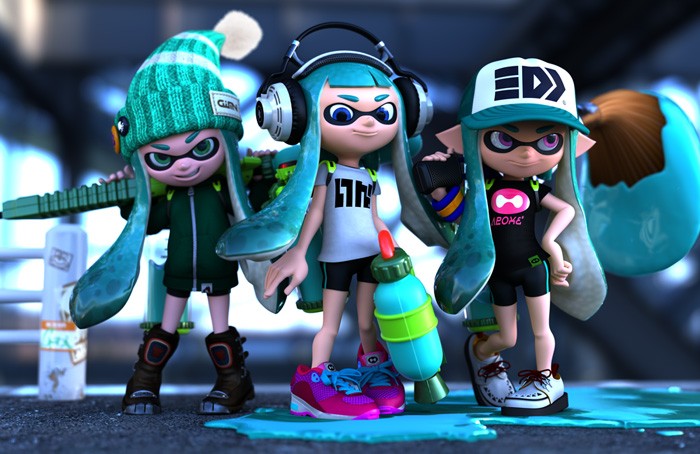
La parte que une todo el metajuego de Splatoon es la ropa. El diseño de Nintendo sobre cómo los jugadores obtienen ropa, la desbloquean y la suben de nivel hace que este juego funcione. Hace que este juego dure.
Nintendo podría haber decidido seguir el método probado y verdadero que siguen muchos juegos de disparos y de habilidad. Call of Duty fue pionero en un sistema en 2007 que muchos juegos centrados en línea han utilizado desde entonces. Los jugadores ganan niveles jugando y ganando XP. Los niveles desbloquean nuevas armas, nuevas ventajas y nuevos dispositivos para jugar en el juego multijugador. A medida que avanzas en los niveles, serás recompensado con más opciones para elegir. Este sistema es simple y efectivo, razón por la cual la mayoría de los juegos multijugador han utilizado este método una y otra vez.
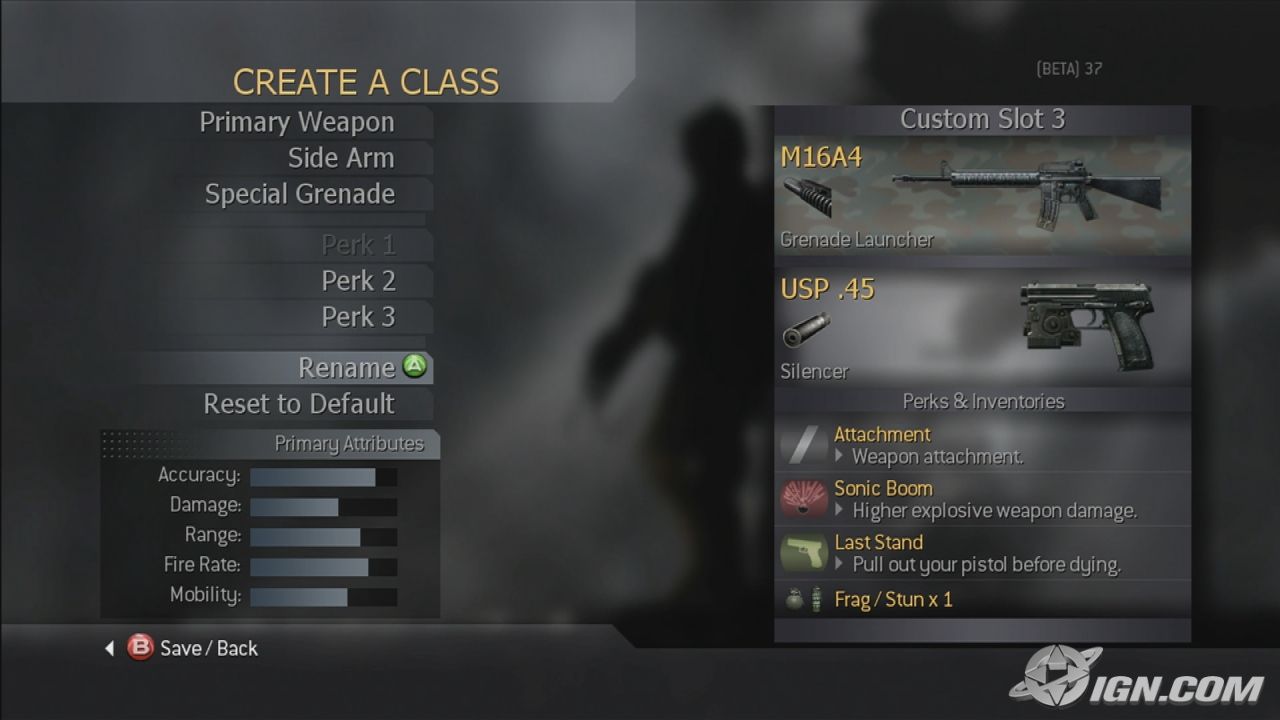
El sistema original que todo el mundo utiliza. Los niveles desbloquean nuevas opciones para el jugador.
Pero este sistema Call of Duty también tiene sus desventajas. Cada jugador desbloquea equipos y mejoras exactamente de la misma manera. Entonces, si bien permite a los jugadores total flexibilidad para elegir su equipamiento, hay muy pocas opciones en la rutina. Los jugadores sólo buscan optimizar el crecimiento de su XP.
Splatoon abordó esto de una manera completamente diferente. En cambio, Splatoon vincula ventajas y habilidades a la ropa. En lugar de que los jugadores puedan decidir libremente qué ventajas quieren, deben elegir la ropa, mejorarla y esperar que contenga las ventajas y habilidades que desean.
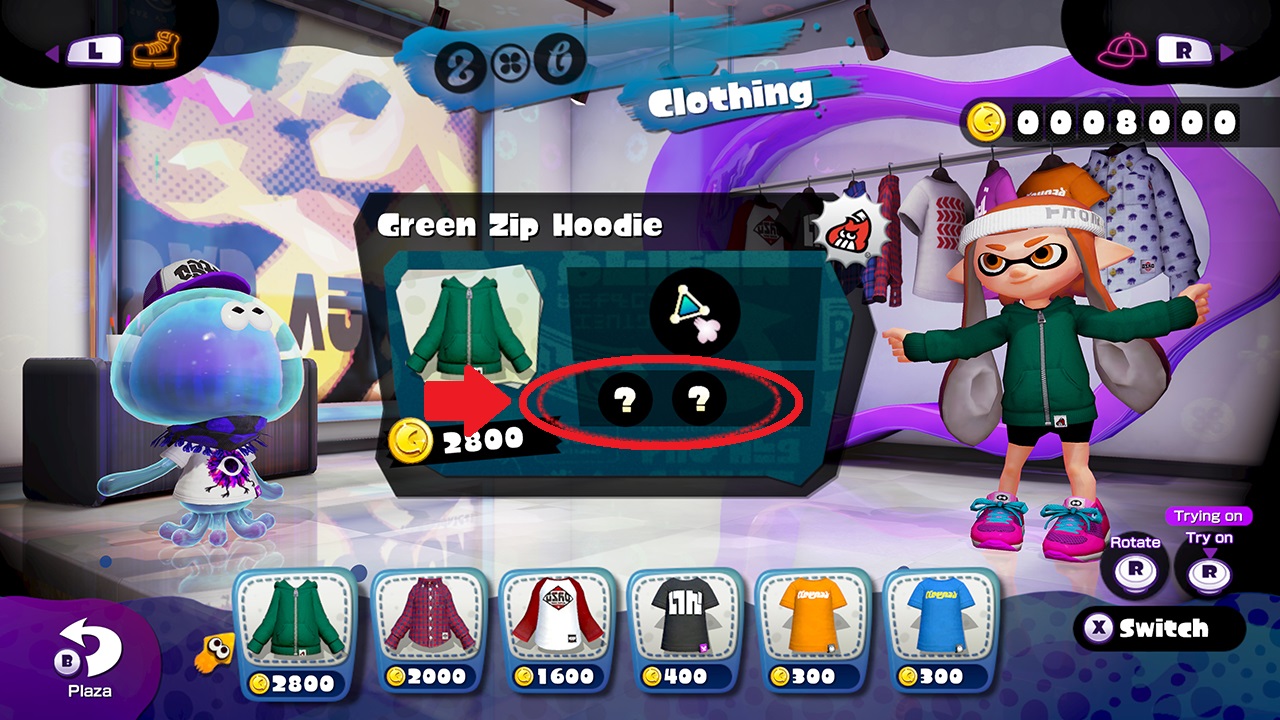
Each piece of clothing has random abilities that you must discover by playing matches with the item equipped.
On the surface this isn’t a massive difference from most MMOs or Multiplayer games. Some games decide to tie aesthetics to special abilitiesin agame. The key difference that Nintendo makes is that the abilities of a new item are random. When you buy a new piece of clothing, only one perk is shown. The remaining perks are slowly discovered the more you play with the item.
The result is that this system feels like each piece of clothing is like a trading card booster pack — that you slowly open the more you play the game.
This means in theorybuying multiple of the exact same pair of shoescan result in different perks awarded. This system results in players opting in to grinding for the gear that both looks good on their character and has the abilities which work well with their play style. This combination makes for a very powerful long term retention driver.
The 2 key reasons that make this system work:
There is no right answer
What’s important about this system is that the abilities are designed and balanced properly so that there is no set of abilities that dominate over all others. A must in any skill-based PvP game. Each ability benefits different play types equally.
Because there is no dominant play style, players are more likely to experiment. Players naturally will experiment with different perks, seek out cooler clothing, and as a result opt-in to playing with a ton of clothes that they normally wouldn’t bother with. Just in efforts to discover new abilities and experiment with different perks.
Just like Hearthstone, or any game with a strong meta-game balance, there should not be a dominant strategy. The more intrigue that goes into players debating over the optimal strategy, the more likely that players at the high level will be happy to experiment and try out new builds.
The clothes don’t give everything away from the start
Nintendo could have simply shown all abilities on the item from the point of purchase. Because they chose both to hide the abilities and force the player to play to discover them, they created a strong drive to keep playing.
F2P designers should seek to find similar systems in their own games. In any loot-based game or gacha-style system, do you need to give away all information about anitem from the start? Can you ask the player to play before they discover any special abilities?
By asking the player to play instead of immediately get the benefit, you’ve asked them to invest in your item. Just as psychology teaches us,by making the player work for the benefits, they are more likely to find higher value inthe outcome.
They will be more likely to “grind” (level up)multiple versions of the same item to get the benefits they want. They will be more likely to feel really smart when they’ve lucked out and found an item that randomly had a unique ability. This will buildinvestment in the player and drive a long lasting metagame.
As a result Splatoon’s meta game is a longer lasting system than Call of Duty’s, despite having less perks, less guns and more casual gameplay.
#2 Special Order Queue
The second interesting system in Splatoon is the clothes ordering queue. Now that you know why clothes are important and why playershappilygrind for them, there’s an additional system which drives players back to the game.

Players in Splatoon can walk around the lobby area and see different avatars from around the world. You can walk up to anyone and see their clothes, which perks are on them, and how cool they look. This is a good system for driving desire (“I want that hat! With those abilities!”). Nintendo doesn’t stop there though — it also allows players to order clothes they see from other players. So if you really like that hat, order it!
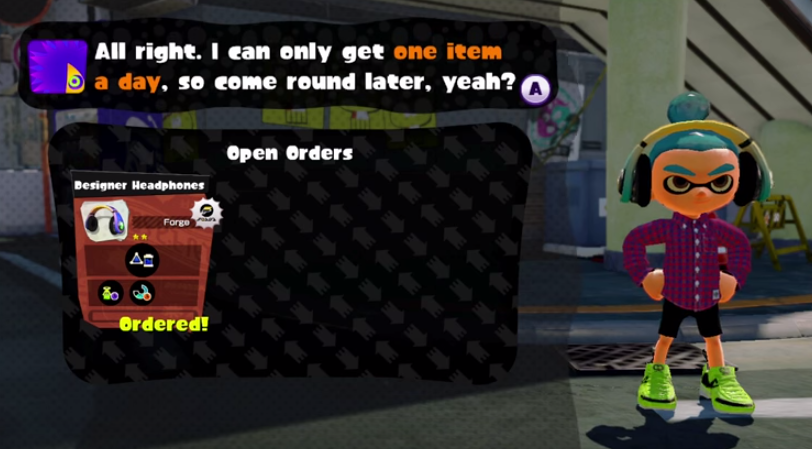
Your queue is only filled once per day. Spyke will retrieve the item for you, but withsome hidden abilities.
But ordering is not immediate. Instead Spyke (a character which you order from) needs some time to get the item. To order you have to add it to your queue. An item from your queue is delivered once per day. When that day is over, if you haven’t purchased it, the item is gone. The next day you return the next item in your queue is available.
So this means:
- You as a player opt-in to coming back tomorrow to buy the item (or the days after depending on your queue)
- The rarer the item, the more likely you are to commit to returning
- When you arrive the following day, you’ve committed to purchasing this item within the time limit. You ordered it!
- If you can’t purchase the item by the end of the day, then only you are to blame. Pushing players to create a goal to play enough to purchase the item within the time frame (“I only have today to buy that cool hat! I have to get the coins!”)
- If you don’t come back to the game at all that day, the item is lost off the queue. Again, only you are to blame. You opted-in to this purchase window.
This system is interesting for free-to-playfor 3 reasons:
Using the daily pacing feels natural: There’s no timer in my face, yet still paces the player. Daily cycles feel more natural to aplayer compared to a long timer(ex. “come back in 24 hours!”)
It builds commitment in the player:The player is now committed tocome back to purchase the item, and to play the game enough to be able to purchase the item in the time it is available.
El castigo es justo: el jugador optó por completo por esta restricción, lo que hace que sea más probable que acepte el castigo si falla. Esto también significa que es más probable que gasten para evitar el castigo (“¡Es mi culpa! Pero si solo pago x $ puedo evitar el castigo…”)
Estos 3 ingredientes crean una mecánica F2P muy atractiva tanto para la retención como para la monetización. Esto se puede aplicar a cualquier juego que tenga una amplia variedad de elementos y equipos para regalar. Personajes de Contest of Champions , Gear de Fallout Shelter o incluso cartas de Hearthstone . Tener una cola de pedidos que se llena diariamente puede ser un importante impulsor de la sesión diaria. Impulsa un fuerte compromiso, se siente natural y justo.
En resumen de Splatoon
Splatoon es un juego muy interesante. Si tienes la oportunidad de jugarlo, te lo recomiendo ampliamente.
Además del encanto habitual de Nintendo, Splatoon logró inspirarme con un par de sistemas F2P muy interesantes:
- Me llevan de regreso al juego para encontrar la mejor ropa y habilidades.
- Me comprometo a volver al juego y jugar algunas rondas cada día para recoger mis pedidos de ropa.
Estos dos sistemas clave se pueden aplicar a muchos juegos F2P para impulsar lo más importante: la retención a largo plazo.
Leave a Reply